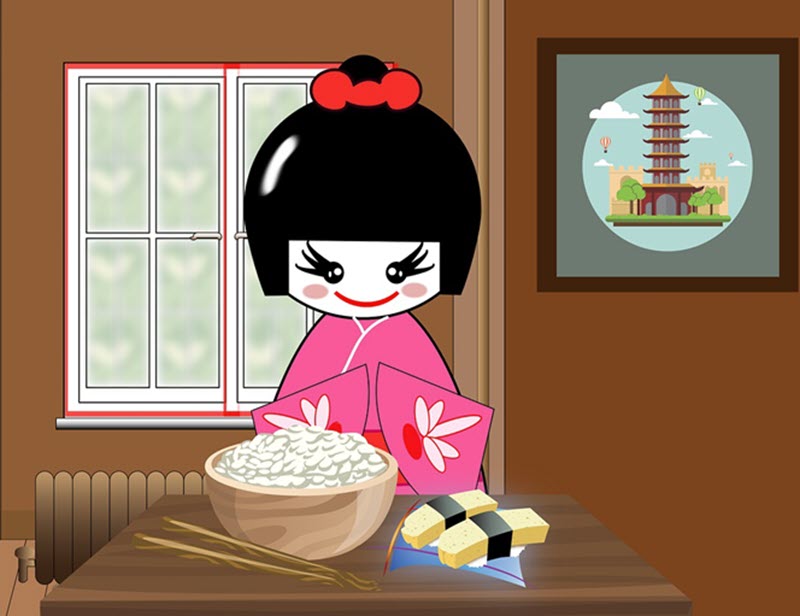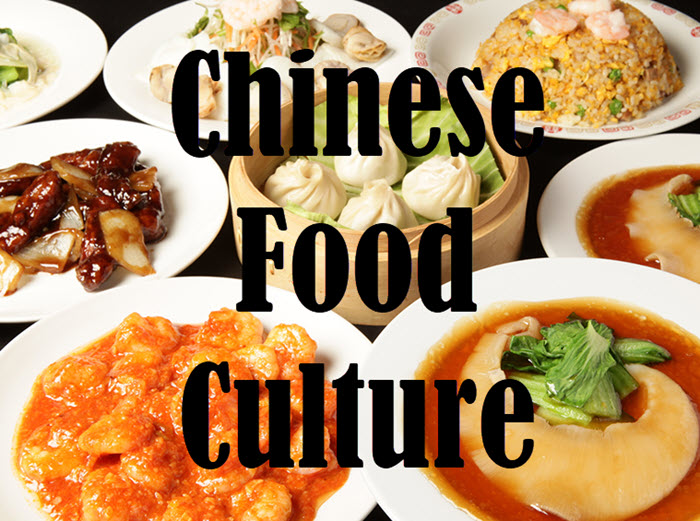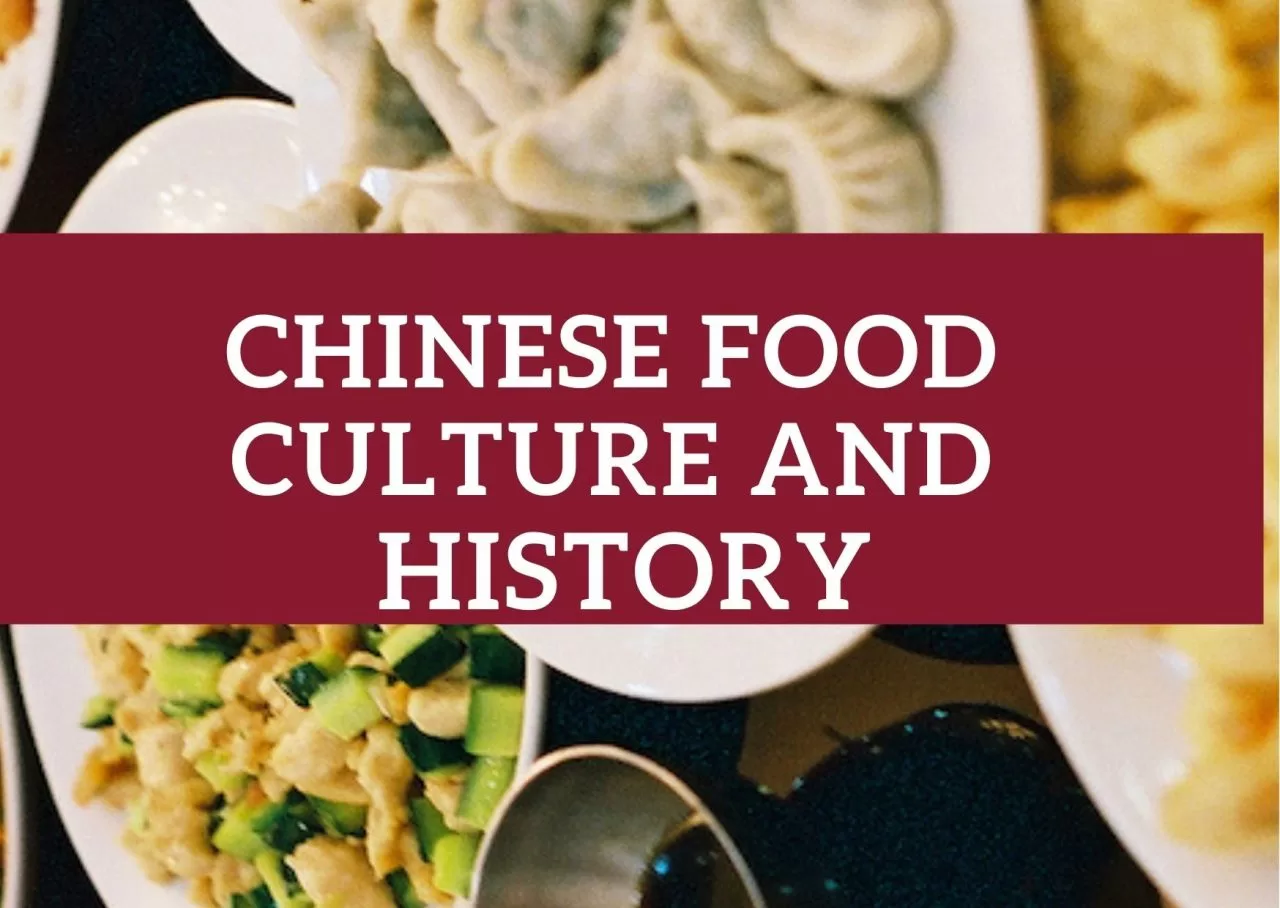With Chinese Food culture, there is a significance of how one person eats that would balance the Yin and the Yang. Fresh and flavorful food is of great importance with Chinese foods. In a typical Chinese meal it usually consists of rice, a soup and at least 3 or 4 sides dishes. Most of the time, the dishes are usually made from using fresh vegetables as well as fresh seafoods and portions of meat. In today’s guide, let us talk about Chinese Food Culture and with emphasis on Chinese food history and its origins.

Chinese Food Culture and Chinese Food History
China’s geographical conditions, locally produced fresh ingredients, Chinese customs and traditions, and Ethnicity highly influences how Chinese cuisine is now at present.
There are 8 different Chinese cuisines: Sichuan cuisine, Shandong cuisine, Fujian Cuisine, Cantonese cuisine, Jiangsu cuisine, Zhejiang Cuisine, Anhui Cuisine and Hunan Cuisine.
China greatly puts emphasis on how the foods are prepared and greatly appreciates Chinese foods and dishes served. In Chinese Culture, cooking food is considered to be an art because Chinese cooking is somehow characterized as love and beauty. Having that sense of Aesthetic feeling that always pays attention to the color of the food, its smell, how it tastes and its flavor as well as the shape of the food and even the utensils used in preparing the food.

Chinese Food History
During the Paleolithic period, people in China source of food is by hunting. Back then, fire was not yet introduced therefore the foods are usually eaten raw. Then, a Chinese ancestor and head of the Three Sovereigns and Five emperors named as Suiren was able to invent and later on introduced the make fire called “Manual wood drilling to make fire” Since then, cooking food happened in that era.
By 1046 to 771 BC, the Eight Delicacies or also called Eight Treasures was then introduced and “cooking as an art” also started. It refers to the Eight different kinds of ingredients used in different Chinese cooking methods. Ingredients such as pork, rice, mutton, beef while cooking method such as Steaming, boiling, roasting, stir frying and deep frying are used.
Between 770 to 207 BC of the Eastern Zhou Dynasty and Qin Dynasty, Four cuisines was introduced such as Shandong cuisine, Jiangsu cuisine, Guangdong Cuisine and Sichuan cuisine. During this time, it is considered to be one of Chinese important milestone in Chinese Food history. Also in Qin dynasty, ingredients such as green onion, cinnamon, soybeans, and vinegar had been used in the kitchen.
During the Tang dynasty, it is the time when the climax of Chinese cuisines takes place. Chinese people have been drinking tea for several years but it is on Tang Dynasty that millet wine is considered to be most famous than Chinese tea.
In Liao Dynasty, tea food is already introduced and became an important part in the daily lives of Chinese people.
During the Han Dynasty dated 202BC to 220AD up to the Tang dynasty dated 618 to 907, foods are now added with ingredients coming from the Western regions for food enrichments. Ingredients such as carrots, cucumber, peppers, pomegranate and so much more.
By Ming Dynasty to Qing Dynasty, dishes are started to form its own unique cooking techniques. And the the end of Qing dynasty. 4 additional Chinese cuisine was introduced, creating the complete 8 great Traditional Chinese cuisines have been completely formed. Each of these cuisines have its own distinctive characteristics.

Chinese Food Culture
For Chinese people, food is an important part of each and everyone’s daily living. They do not love to eat but believes that when you eat good and delicious foods it usually brings in the closeness of the family and brings harmony to every relationships.
In comparison to Fast food in the United States, Chinese people loves to shop and choose live and fresh seafoods, fruits and vegetables that is not only fresh but seasonal as well, and fresh meats too but preserved vegetables and preserved eggs is an exception to being not a fresh ingredient.
Although then it comes to the nutritional value of the food, Chinese people are not really concerned about that matter but rather most concerned about the food’s smell, color, taste, aroma and its texture that somehow describes a good Chinese cooking.
Most Chinese people are lactose intolerance, therefore dairy products are consumed less in China. But soy milk or tofu can also be used as a substitute.
Although desserts is not a main course in Chinese meals but instead desserts are considered to be an after meal snack or usually served after the meal and the most common dessert served are the season al fruits. Cookies, pies, cakes and even ice cream is sometimes served as a dessert too.
Chinese cooking does not usually use a lot of deep frying as a cooking method.
A Chinese meals typically consists of 2 parts:
- staple food usually made of noodles, rice or steamed buns and
- Ts’ai vegetables and meat dishes
Chinese usually used chopstick when eating solid foods and uses ceramic spoon for liquid dishes such as soups. During a Chinese meal, each individual on the table will have their own rice bowl but the other main dishes will be served in common plates and will be shared by everyone in the room.
As mentioned earlier, Chinese culture believes there should be a balance YIN that represents negative energy and the YANG that represents positive energy. Balancing the yin and yang will help in creating a healthy well-being, diseases and conflicts will be prevented. Yin foods, also called Cold foods includes Chinese green, water crest, winter melon, bitter melon and mustard green. Napa Cabbage, soy bean, oranges, bananas, cucumber, cilantro and etc. Yang foods also called Hot foods includes curry, chili pepper, green onion, eggplant, cherries, peanuts, beef, and etc.
In Chinese cuisine, there are 6 types of Chinese courses. Each course will be discussed below.
Cold Dishes
In a traditional Chinese food culture, ingredients such as sugar, salt, soy sauce, chili power, sesame oil and vinegar is usually used to make Chinese cold dishes. Most of the time, cold dishes plays an integral part in how the dish is presented (design of the dish).
Hot Dishes
In Chinese cooking, the main course is also called hot dishes. It is usually compared with cold dishes. Stir fry, deep frying, quick frying are some of the cooking techniques used in making hot dishes.
Soups and Congees
The common ingredients used in Chinese cuisine for making soups and congees includes meat (pork and chicken) and vegetables. Soups is usually served after hot dishes.
Staple Food
As mentioned, rice is the staple food in Chinese cuisine. Southern China is where rice farming is abundant while in Northern China (an area for wheat farming) flour based foods are often served such as dumplings, noodles and Mantoux.
Xiaochi is a street food snack in China. It is often sold on the streets
Conclusion
Chinese cooking usually goes with Chinese immigrants when traveling to other countries across the globe. Going to a place with a different culture, people tend to adopt the the culture of that particular place especially when it comes to food. Given that, popular dishes such as General Tso’s chicken or Sesame Chicken can be seen served in other places other than China.
The Eight Cuisines of Chine are Sichuan cuisine, Shandong Cuisine, Cantonese cuisine, Jiangsu Cuisine, Zhejiang Cuisine, Hunan Cuisine and Anhui Cuisine.
At present, Chinese cuisine is very popular all over the work because of its color, flavor and aroma. We hope that this guide helped you understand and learn about food history in China, their food culture.

